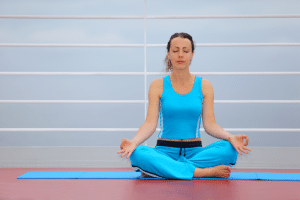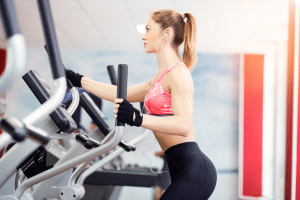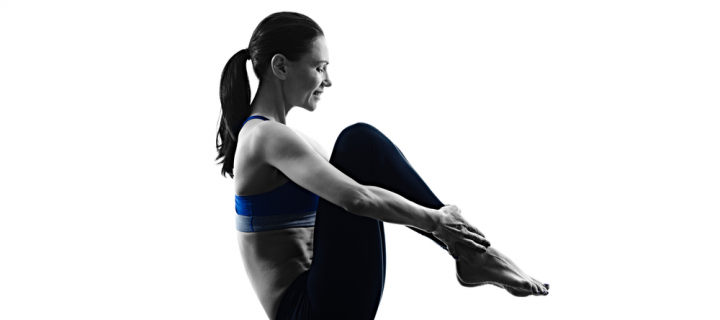Cross-training offers a flexible and convenient way to stay in shape. However, the trick is to stay in the right shape – not any and all fitness approaches will do, as you don’t want to build too much muscle and affect your balance and agility. Today, let’s explore some ways dancers can cross-train to improve their craft while also protecting themselves against strains and injuries.
Swimming
Swimming gives you plenty of leeway in figuring out how your body best behaves by allowing you to move your joints freely without the effects of gravity. Even if you don’t have a lot of upper body strength, there are many different strokes to use, so there’s no reason to skip out on the pool as a part of your fitness regimen. Try treading water in the deep end followed by bursts of more intense laps for an effective interval workout.

Yoga
Regardless of whether you’re looking to improve your balance, ease sore joints, or strengthen specific muscles, yoga is a fantastic addition to any dancer’s cross-training efforts. Not only can it help to alleviate stress and tension from your system, but it’s ideal for strengthening foot muscles, leading to better balance. If you do a lot of fancy footwork during your routines, you can’t go wrong with regular yoga sessions.
Pilates
The best-performing dancers need a strong core, which is where Pilates come in. Performing Pilates routines helps you remain loose and able to move all your limbs fluently. At the same time, you’ll be making your core stronger and reducing the amount of stress put on your lower back. You can even use Pilates as a sort of diagnosis, as it can make you more aware of which muscles and joints are out of whack.

Elliptical Machines
For dancers, elliptical cardio routines are usually a much safer alternative to running, which can stress out joints due to the body’s repeated impact on the ground. Instead, using an elliptical machine can produce the same cardiovascular workout without the sore legs, and shin splints running can cause. Choose between a flat or inclined mode, adjust the resistance, and you’re on your way – it’s a simple cross-training method that can make a big difference.
These are just a few of the many different ways a dancer can develop a cross-training workout solution that works with their performance needs. Remember, it’s important to stay flexible, balanced, and strong but not bulky. Be sure to cross-train in a way that works with your style of dance as well as your schedule. Happy training!






